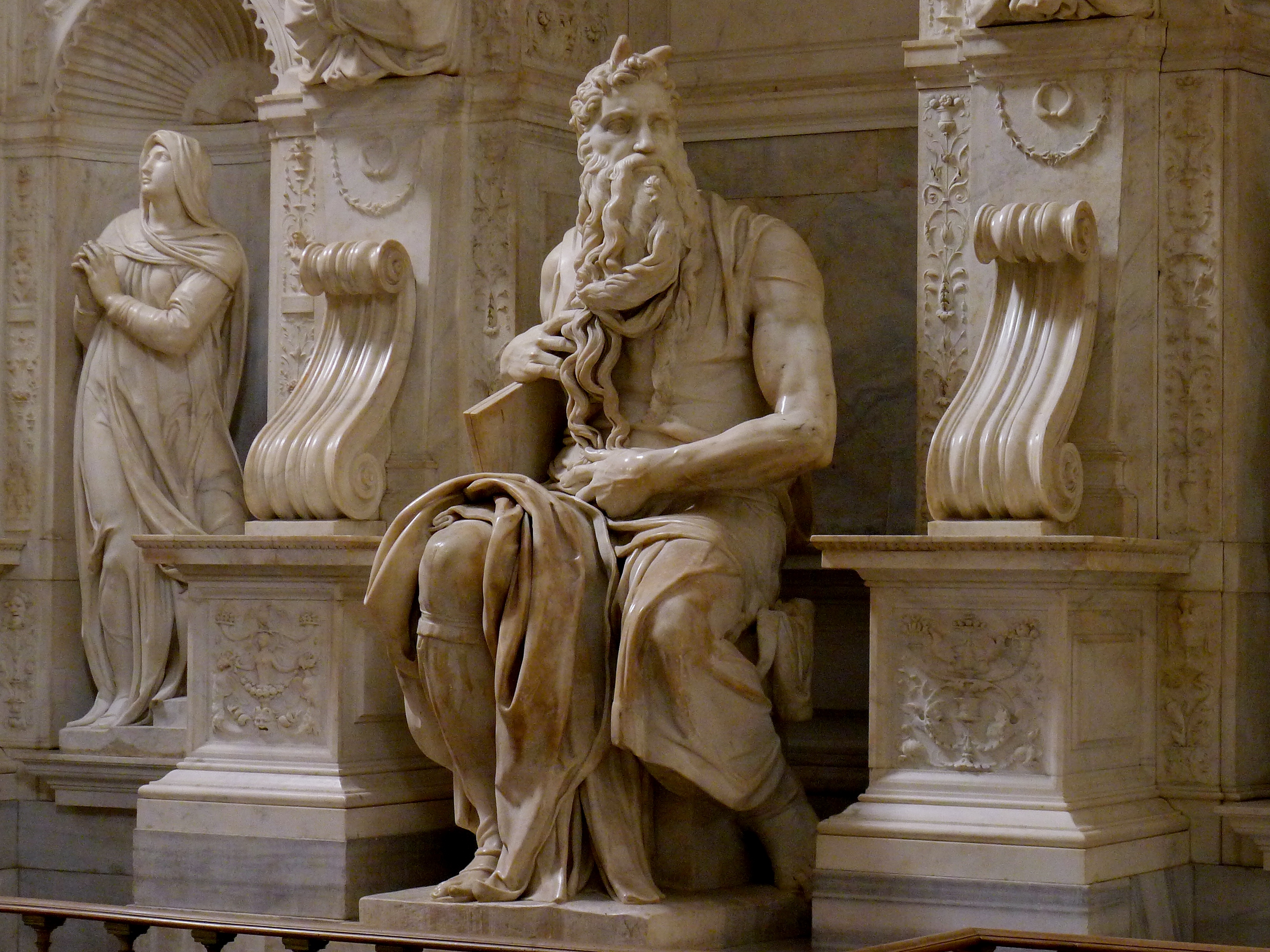I’ve been lucky to be a part of the Abraham Lincoln Library and Museum on and off and in one capacity or another since my undergrad days—as a student intern, a curatorial assistant, and now as the museum’s director. Back when I was an intern, our curator Steven Wilson used to say, “A museum is a communication device.” The ALLM has been in the communication business for a long time. For more than forty years, we’ve been telling the story of Abraham Lincoln and his era.
Now we’re transforming the way we tell that story. We’ve got big plans. Let me tell you what’s in the works, and how you can help us bring it all to completion.
Thanks to a very generous gift from the estate of Hansel and Dorothy Kincaid, we’ve been working with a fantastic team of exhibit designers and fabricators to completely overhaul one of our permanent galleries. That effort will finally be finished next month. We’ll unveil our exhibition Log Walls to Marble Halls in the newly renamed and renovated Kincaid Gallery. This exhibit examines Lincoln’s rise to national prominence, from his humble ancestry to the eve of his nomination for the presidency.
We’ll have more of our remarkable collection on display than ever before, taking visitors on a journey through Lincoln’s pre-presidential years using state-of-the-art exhibitry.
A few days ago we saw some of the finished graphic panels, cases, and other elements for the first time. I can’t overstate how excited we are. This gallery is going to be beautiful, and we can’t wait to show it off.
But Log Walls to Marble Halls is just the first chapter of the story we need to tell. We want to bring our other exhibits up to the same modern standard as the Kincaid Gallery. We’ve got to complete the saga of Lincoln’s life story with a permanent exhibit on his presidency, his management of the war, and his transformative vision for America. And we’ve got to tell the other stories in our collection—the story of the Civil War as ordinary soldiers and civilians experienced it, the story of how the world has commemorated Lincoln in art and entertainment—not to mention our own story, the story of how such a remarkable Lincoln/Civil War collection ended up at a college in the mountains of Appalachia.
Telling these stories will take a lot of space. That’s why we’re drawing up plans for a major expansion that will nearly double the size of our other permanent galleries. And we need to make other improvements to the facility to ensure that our collection remains as secure and accessible as possible for many years to come.
Fortunately, we’ve got an opportunity to make it happen. We have an astounding offer of $1 million from the Kincaid estate, provided we can raise an additional million to match it.
We’re already well on our way to meeting this goal, and we invite your participation. If you’d like to help us complete the transformation of the ALLM, you can donate to the Kincaid $1 Million Matching Challenge online or by sending a check to LMU. And if you have any questions about the campaign or you’d like more information about our plans for the museum, please feel free to contact us.
We appreciate your support. And we look forward to sharing the Lincoln story in with you in exciting new ways!






